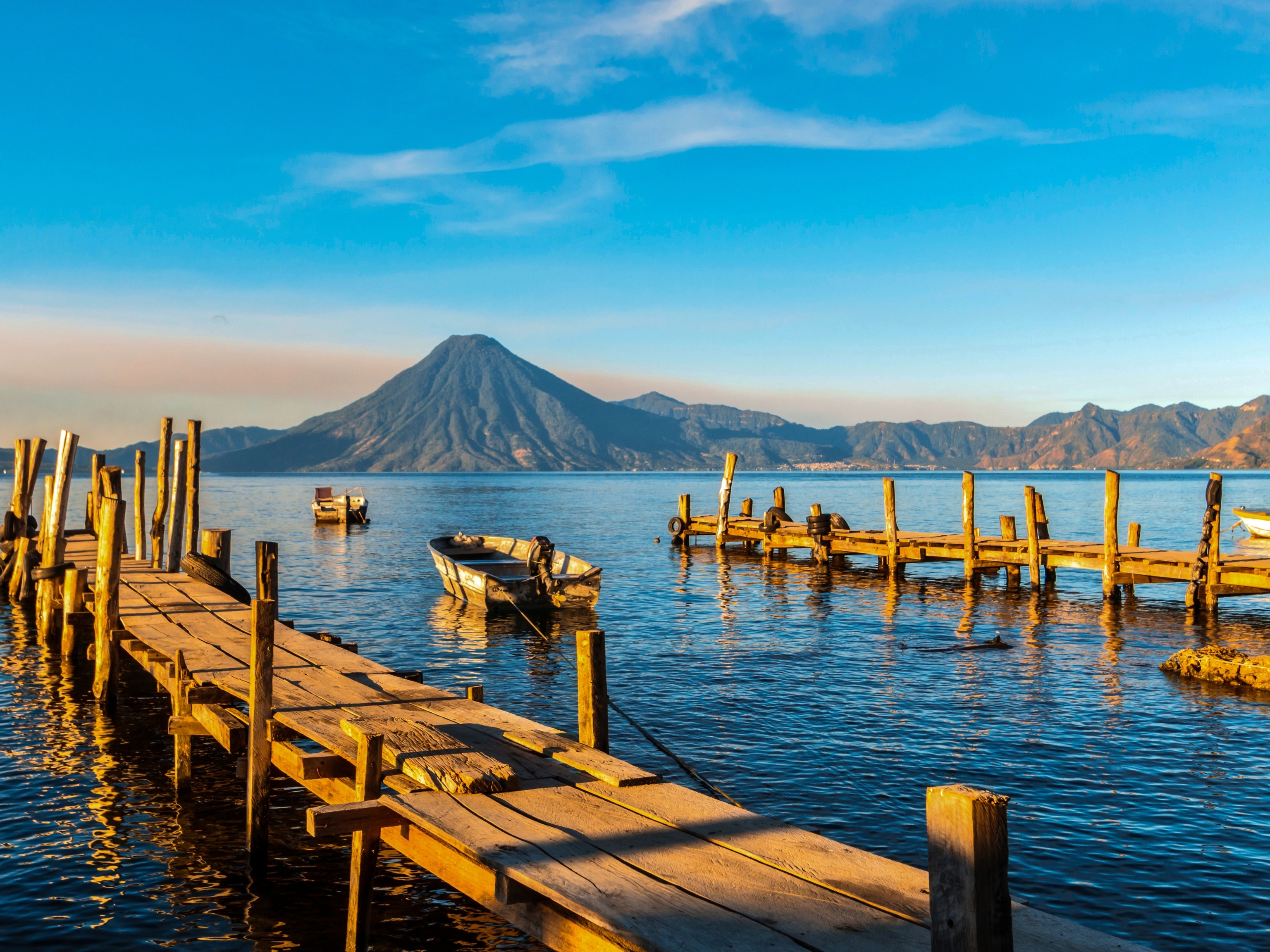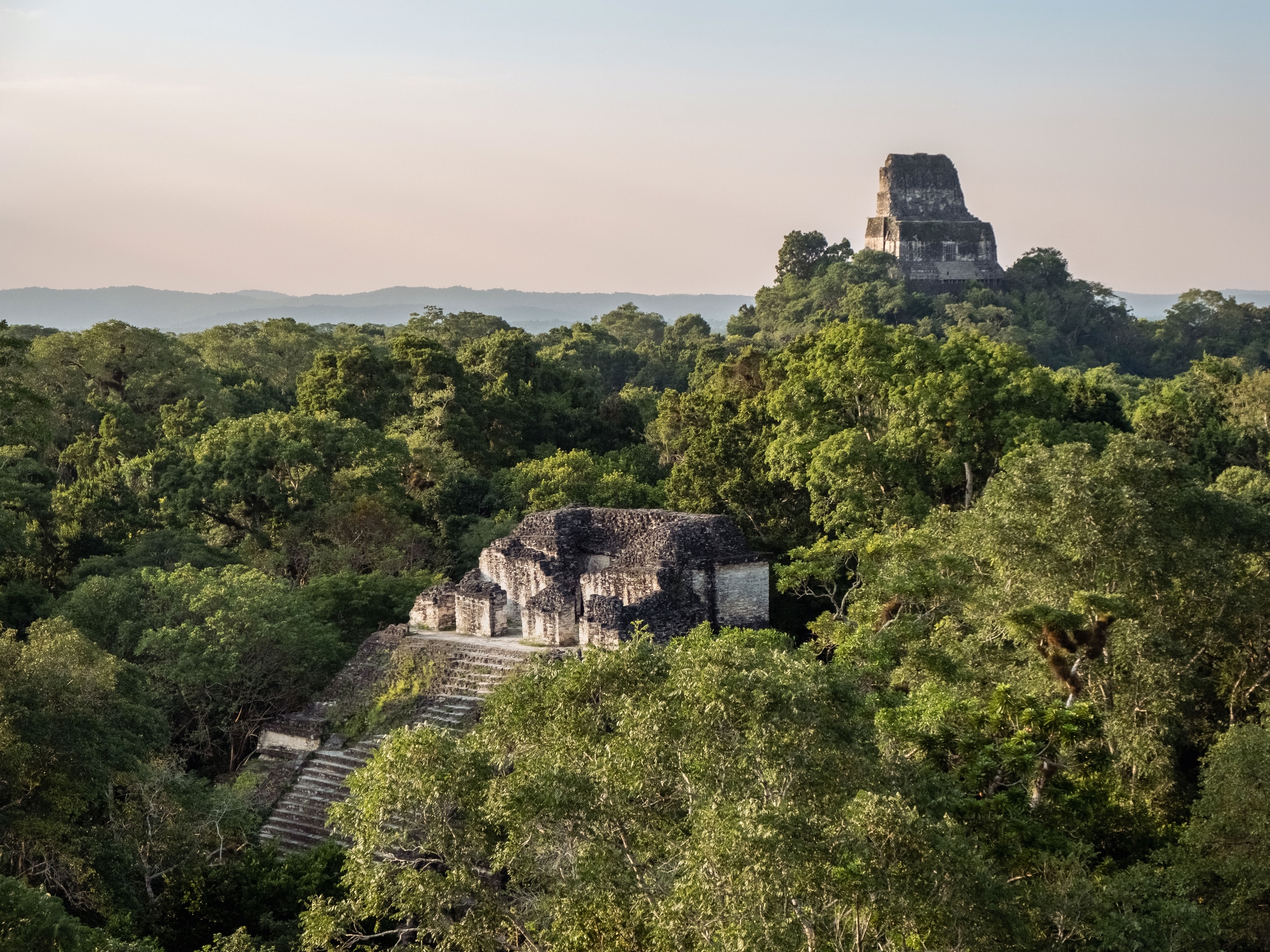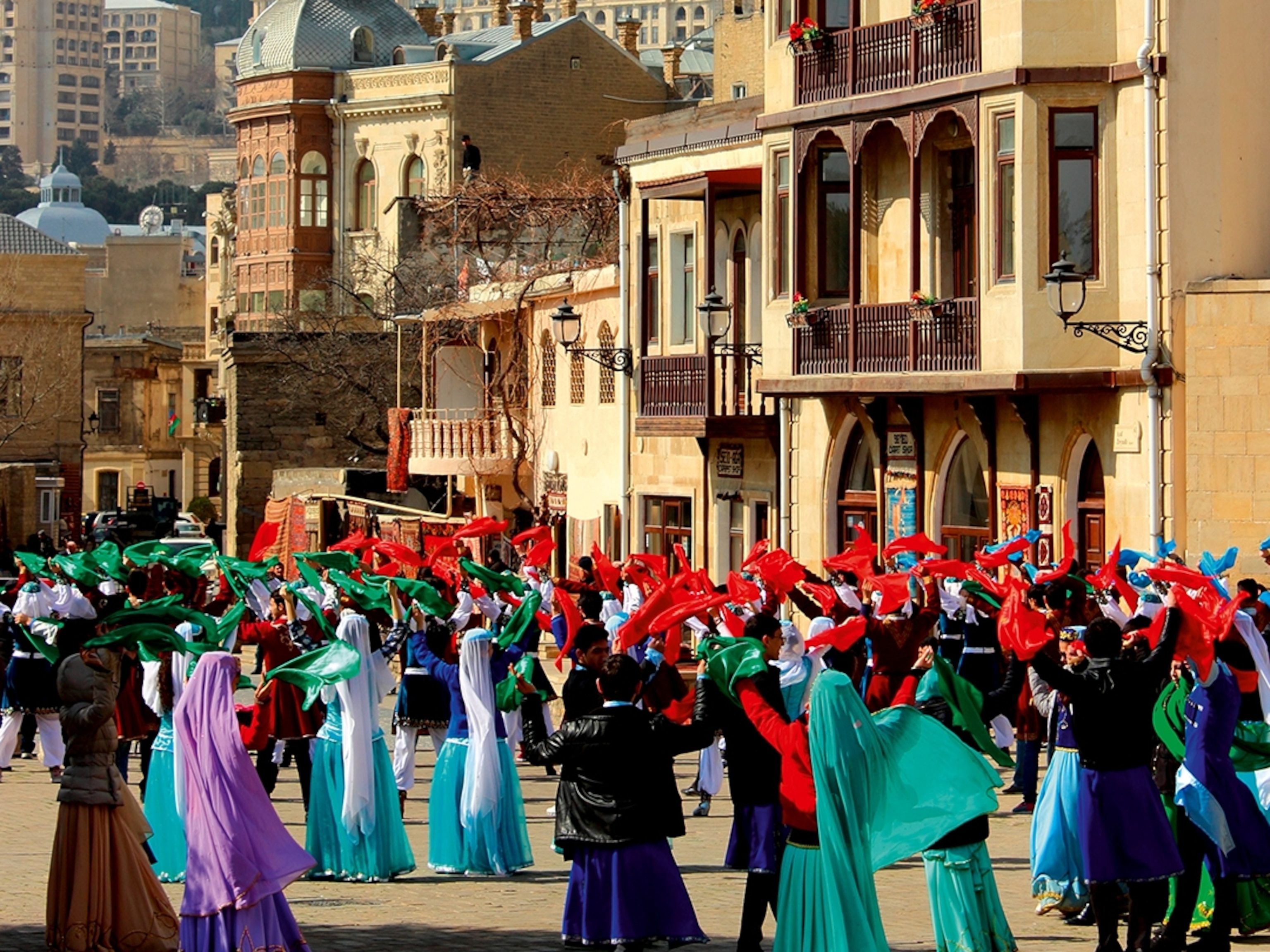Everything you need to know about Guatemala's Semana Santa
Listed by UNESCO as Intangible World Heritage, the country's Holy Week is one of the world’s most exuberant Easter celebrations — here’s what you can expect.

The seven days leading up to Easter, Semana Santa — or ‘Holy Week’ — is Guatemala’s most celebrated event, drawing tens of thousands of visitors every year. Blending Catholic practices introduced by the Spanish with centuries-old Maya traditions, it’s evolved into a distinctly Guatemalan spectacle. Expect huge, noisy processions, ornate religious floats and intricate street art crafted from sawdust — a hectic fusion of faith, art and community.
What makes Semana Santa special?
Guatemala’s Holy Week has been inscribed on the UNESCO list of Intangible Cultural Heritage. What sets it apart from others around the world is its scale, artistry and level of community involvement. The processions feature massive wooden andas, or floats, measuring up to 80ft long and weighing as much as a tonne, topped with huge, brightly painted carvings depicting religious figures and scenes from the passion of Christ. These massive works of art have become a source of national pride, and sculptors and painters compete for the honour of creating them.
Up to 100 cucuruchos, devout masked bearers dressed in long purple tunics and pointed conical hats, carry the andas on their shoulders, requiring exceptional strength and coordination to navigate the often cobbled streets. The processions move slowly, accompanied by beating drums, mournful brass bands and pine-scented clouds of copal incense.

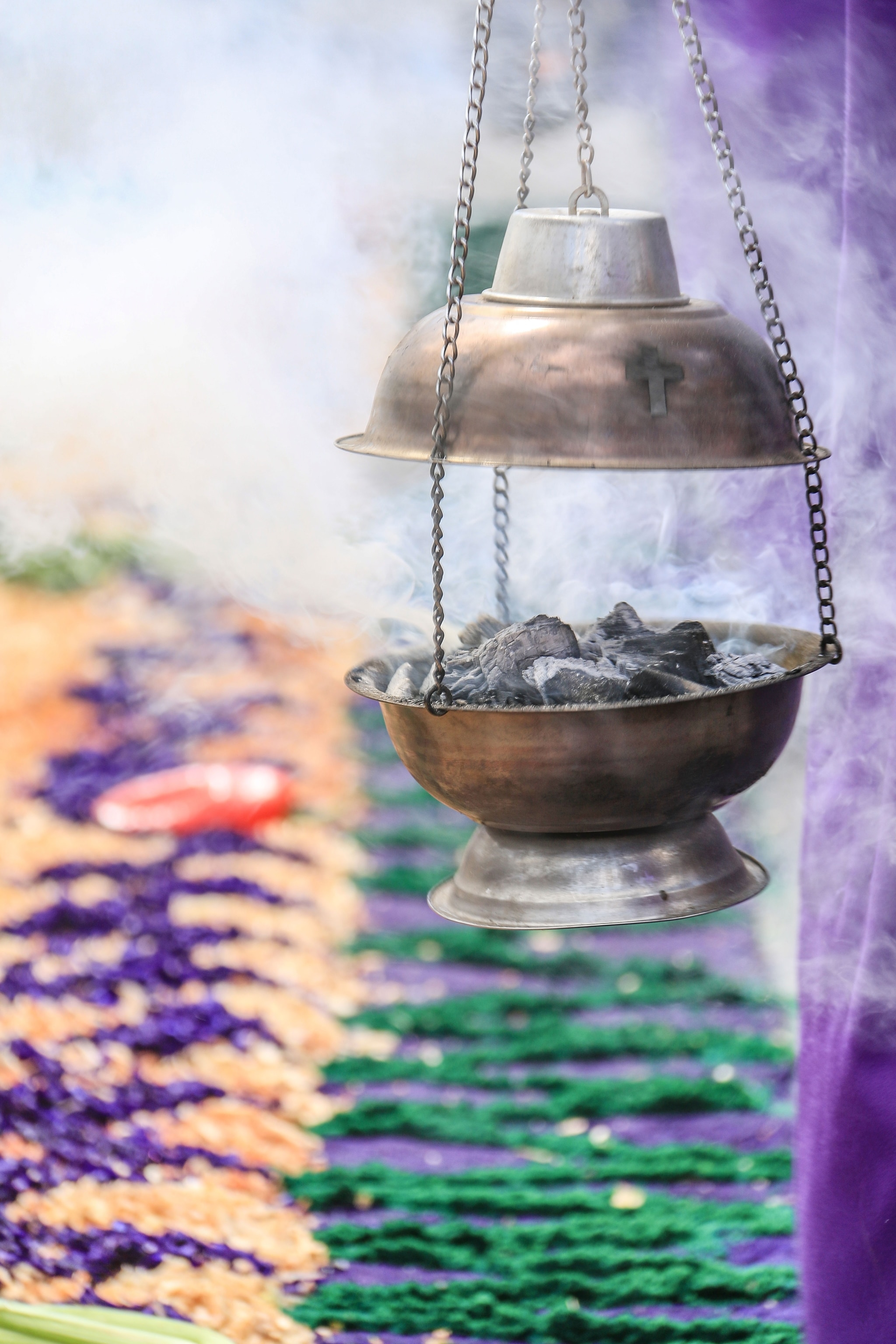
What are the alfombras?
Guatemala’s famous alfombras often steal the show. These intricate and ephemeral floral works of art are laid out in the streets like carpets as part of the festivities by religious groups and communities from across the country.
Made of brightly coloured sawdust, leaves, flowers and small offerings, they feature a blend of Catholic and Maya imagery, biblical scenes and intricate patterns and symbols. Despite taking months to plan and hours or even days to construct, the alfombras are soon destroyed by the thousands of feet that march over them — a poignant symbol of sacrifice and impermanence.
Where are the best places to experience Semana Santa?
The crown jewel of Guatemalan Semana Santa celebrations takes place in the colonial city of Antigua Guatemala. A UNESCO World Heritage Site, it hosts the most elaborate processions, with thousands of participants, alfombras stretching for many blocks and vibrant paper decorations draped from doors and windows.
Guatemala City also offers impressive festivities, particularly in the Historic Centre, where processions and alfombras fill the streets while participants feast on snacks from street food vendors and set off firecrackers. In the highland city of Quetzaltenango, locals build arches made of aromatic corozo palm leaves for the parades to walk under, and share pan de yema — a sweet bread made with egg yolks.
For a less intense Holy Week experience, visit the smaller towns around Lake Atitlán in Sololá or Chichicastenango in Quiché, where you can see the same rituals with fewer crowds.
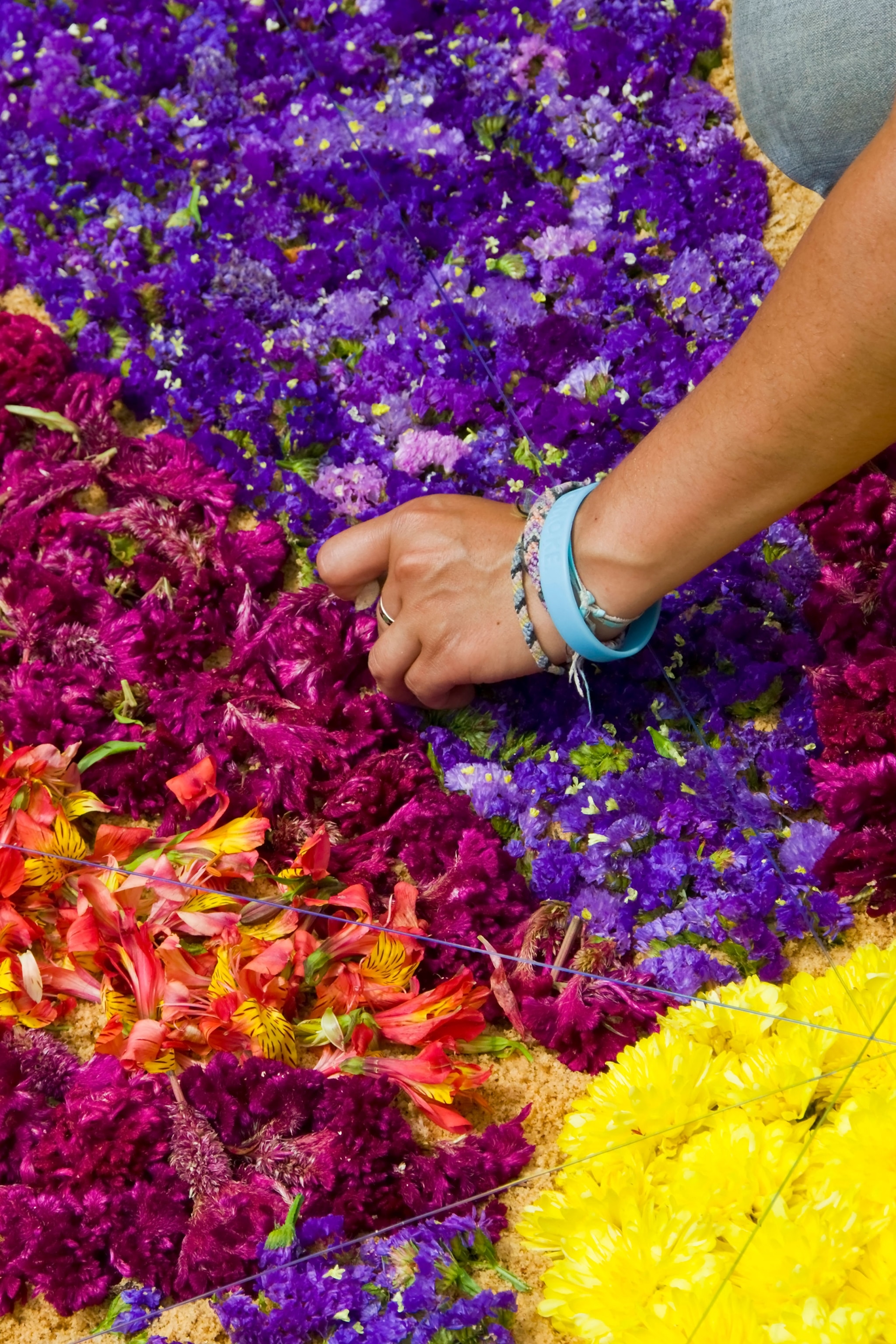
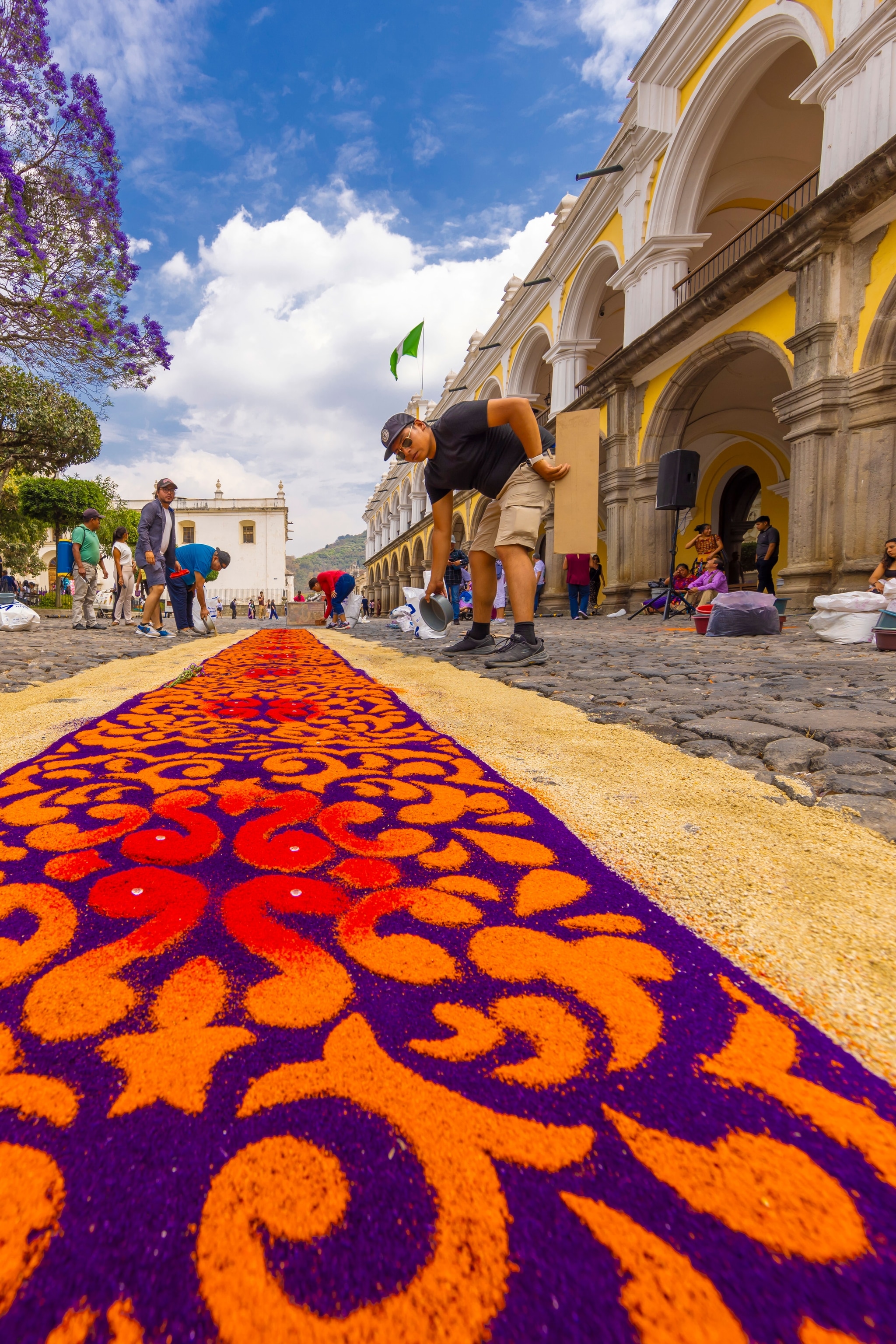
What are the must-see parades in Antigua?
In Antigua Guatemala, Semana Santa celebrations start on Palm Sunday with a parade re-enacting Jesus’s entry into Jerusalem, complete with worshippers carrying palm fronds and singing joyful hymns.
On Maundy Thursday, the city commemorates the Last Supper, and groups start creating their alfombras, often staying up all night to finish them in time for the Good Friday processions. These begin at around 4am and carry on late into the night, with bearers dressed in black and bands playing melancholy music to mourn the crucifixion.
This sombre mood continues throughout Holy Saturday, until about 10pm when churches begin celebrating the Resurrection. Easter Sunday’s parades are festive and triumphant, with ecstatic crowds, upbeat music and fireworks.
How can I plan a successful Semana Santa visit?
Expect crowds, road closures and travel disruption during Holy Week — but this is all part of the experience. Organise your transport and accommodation early, since Antigua Guatemala and other popular destinations get booked up very quickly and prices shoot up, too. Comfortable walking shoes are essential and be sure to take care of your personal belongings when moving in the more crowded areas.
Respect is key when attending Semana Santa. While it’s a public event, it’s also considered deeply sacred by local people. It’s advisable to dress modestly, particularly during processions or when visiting a church. Don’t step on the alfombras ahead of time — they’re works of devotion and need to be kept perfect until the procession arrives.
Photography is usually tolerated, but be respectful of people who don’t want to be photographed — always ask permission first — and don’t take pictures of mourners in emotional moments. For a local’s insight into the events, consider booking a guided tour or a photography walk.
Where can I learn more?
To learn more about the festival and see a wide variety of religious artifacts and art, check out Antigua Guatemala's Museo de la Semana Santa (Holy Week Museum). Located inside a crumbling former Spanish convent, its displays include examples of alfombras (smaller than the real thing, but just as intricate), robes and costumes, incense burners, icons, artworks and carvings of religious figures from the andas. During Lent, the museum also runs an alfombra-making workshop. Information signs throughout the museum are in both Spanish and English.
To subscribe to National Geographic Traveller (UK) magazine click here. (Available in select countries only).
